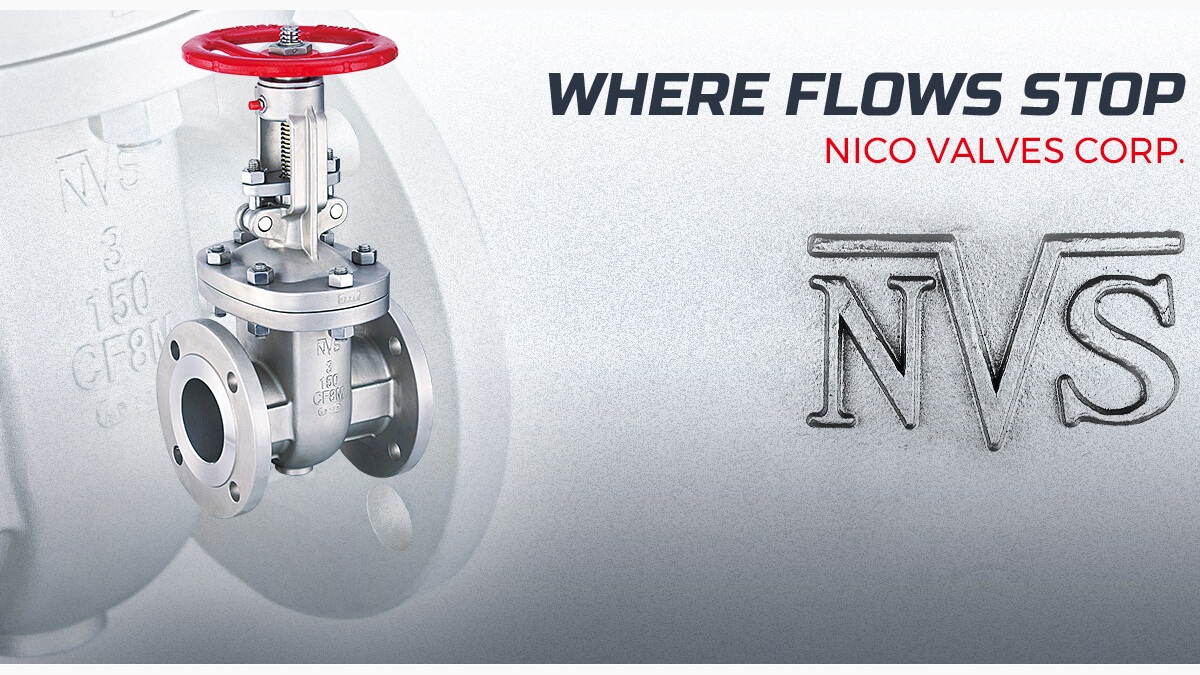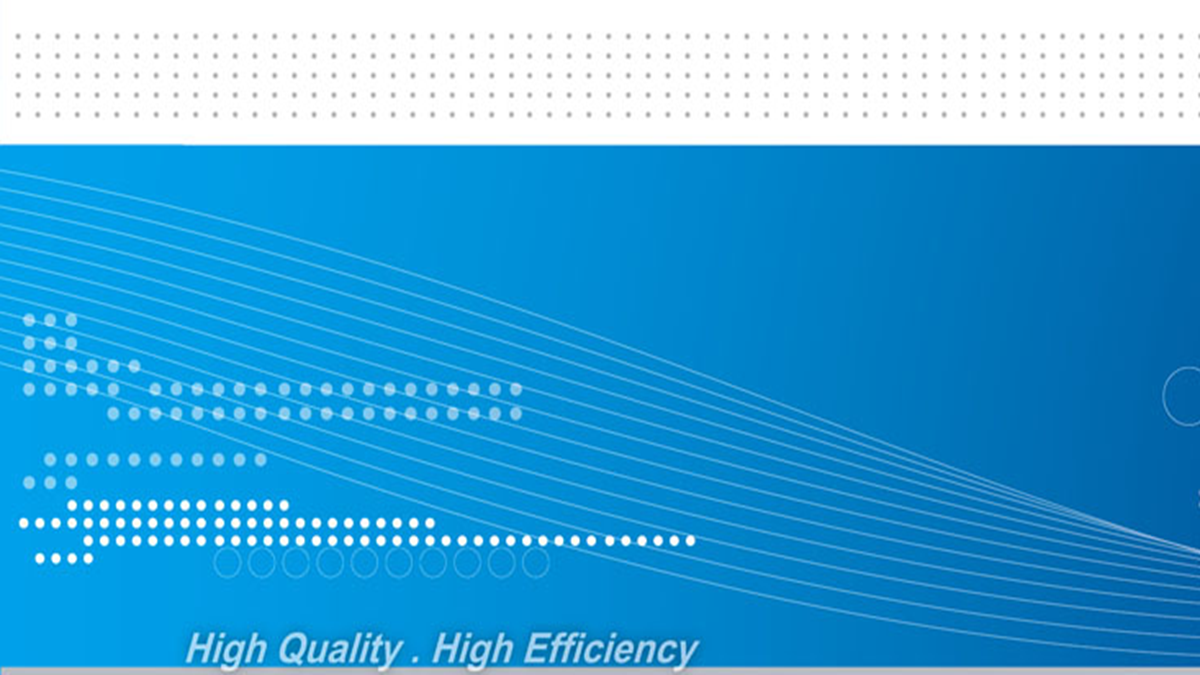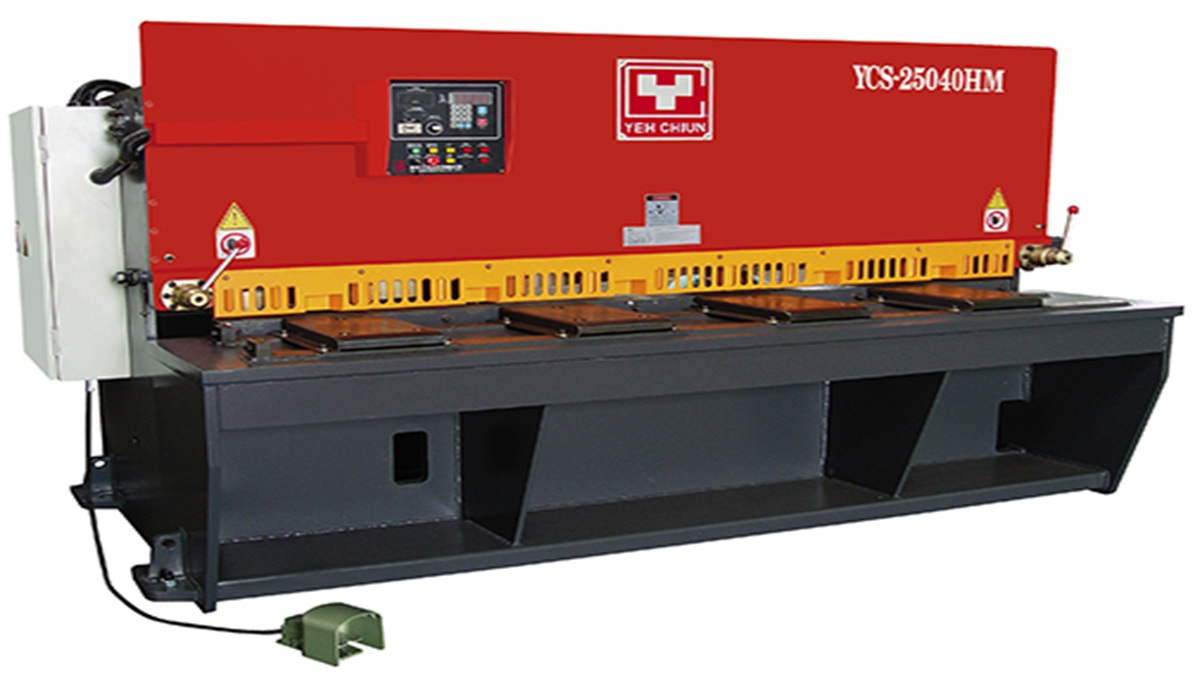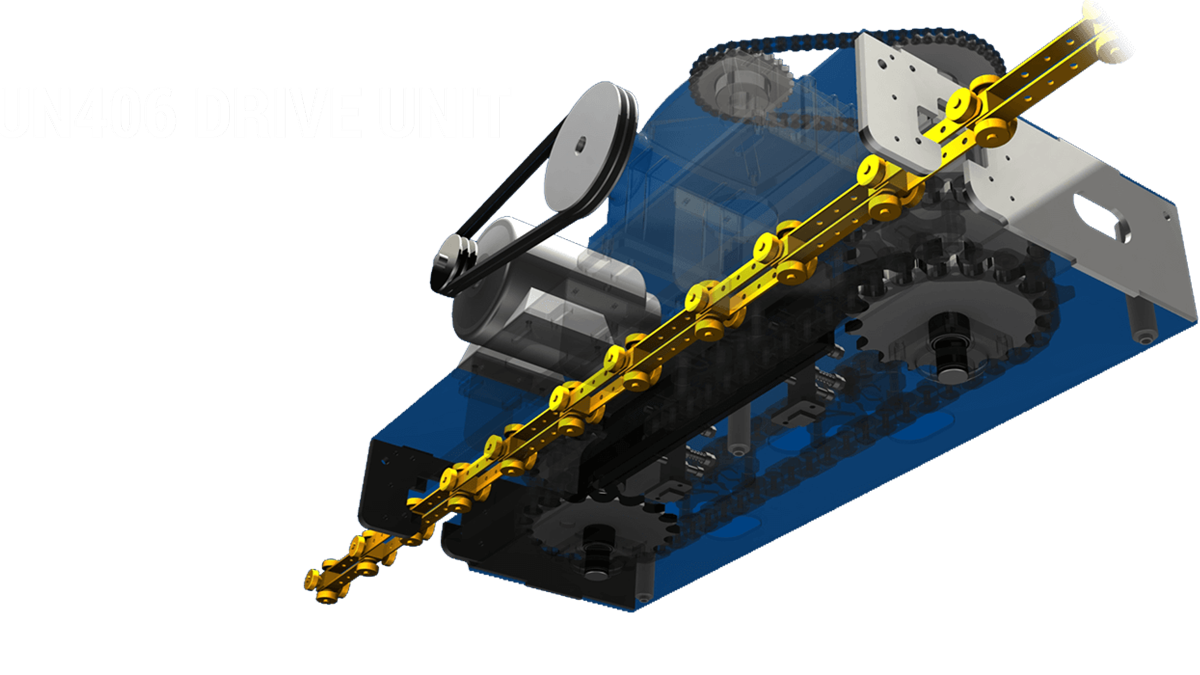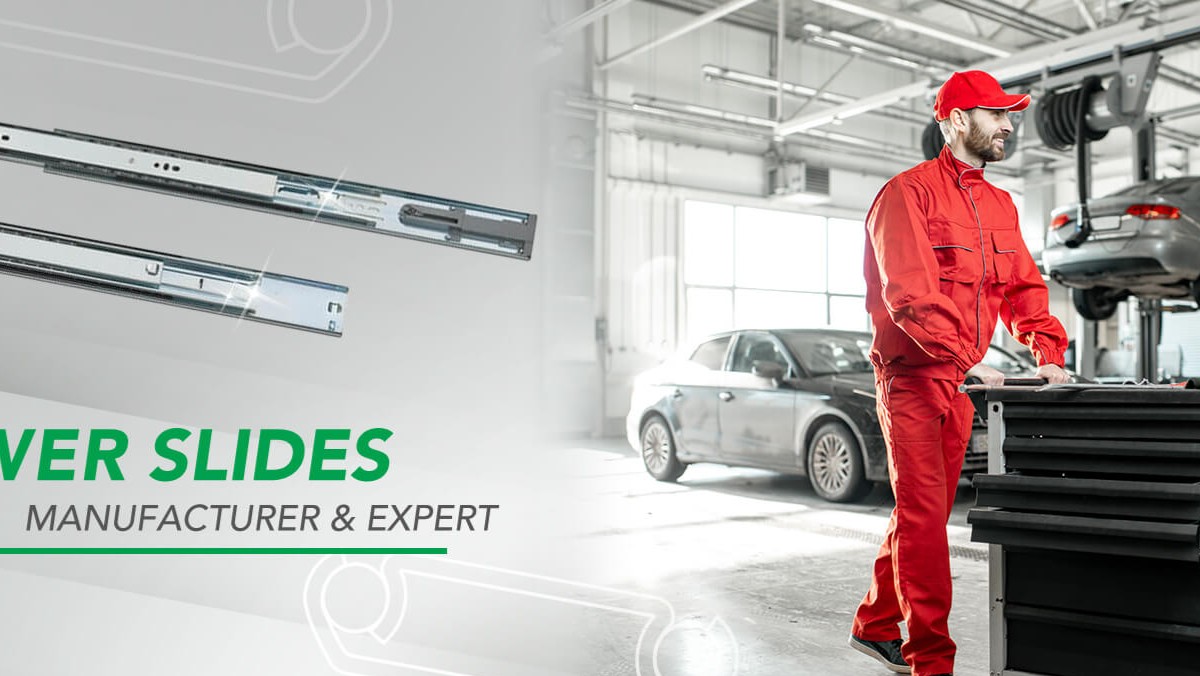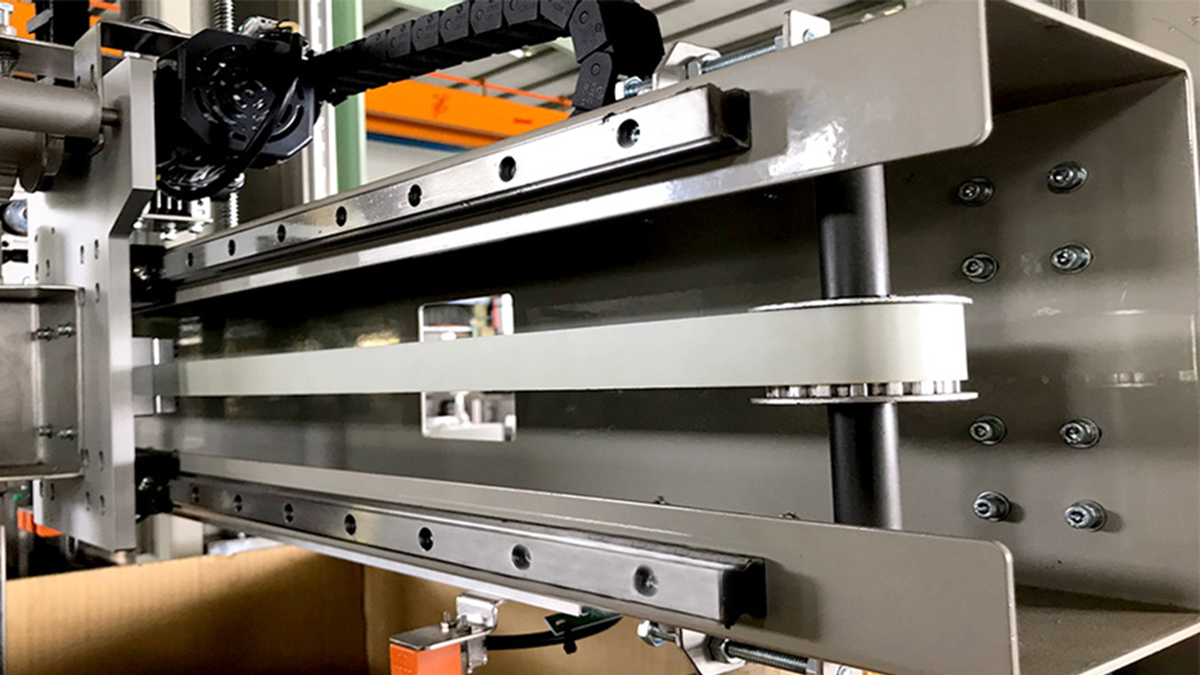In today's rapidly evolving world of material science, foam—a seemingly ordinary material—is playing an increasingly vital role. From sports protection to industrial manufacturing, and from medical devices to consumer products, market demands for foam have long surpassed the basic functions of cushioning and protection. Customization, multi-functionality, and sustainability have become the core keywords for companies when selecting materials. Amid this industrial transformation, Winboss, a company from Taiwan, is drawing global attention through its dedication to and research in NBR (Nitrile Butadiene Rubber) foam.

Photo by https://foam.winboss.com/web/image/7444-f67e2850/pro-1.jpg?access_token=124e6d5b-c320-4beb-9dbb-a15fb1890849
The Evolving Needs for Modern Foam Materials
Modern applications place increasingly stringent demands on foam materials, extending beyond basic cushioning and protection to include precise control over specific physical properties. In the sports equipment sector, for example, foam must provide exceptional shock absorption and energy return to effectively protect users and enhance performance. In building insulation or new energy vehicles, the material needs to offer efficient insulation, flame retardancy, and noise management to ensure energy efficiency and riding comfort.
Additionally, extreme lightweighting is a common goal across industries. In transportation, such as electric vehicles and aircraft, lightweight foam can significantly reduce energy consumption, boost load efficiency, and extend range. Single-function foams are no longer sufficient for complex applications. The emergence of NBR foam has changed all of this.
NBR foam's closed-cell structure gives it multiple properties, including shock absorption, thermal insulation, oil resistance, sound absorption, and buoyancy. Its high processability also allows for greater product consistency and customization.
Because of these qualities, NBR foam can be used in diverse industries, from water sports and healthcare to automotive and electronics manufacturing, where it delivers unique value. As a specialist in customized NBR foam, Winboss is more than just a material supplier; it is a key R&D partner for many brands and manufacturers in developing new products.
Winboss: Your NBR Foam Customization Expert
Winboss is an expert in customized, high-end NBR foam, providing outstanding products and solutions.
The primary reason the market prefers Winboss's NBR foam is its high resistance to chemicals, oily substances, and extreme temperature changes, along with its excellent weather resistance. Compared to ordinary foam products, NBR foam performs exceptionally well in shock absorption, sound insulation, thermal insulation, buoyancy, and cushioning.
Winboss also offers a diverse product line, including flotation foam, thermal/cushioning foam, shock absorption foam, and sound insulation foam. The company also provides Gaia® foam, an eco-friendly, PVC-free material that addresses sustainability trends. Recognizing the importance of customization, Winboss offers a comprehensive, one-stop service.
Whether it's using precise water jet cutting to shape foam into complex forms or providing OEM (Original Equipment Manufacturing) services to work closely with clients from the initial R&D stage, Winboss meets customer expectations with expertise and flexibility.
The Choice for Green Materials
Winboss not only leads in NBR foam processing technology but also holds a significant advantage in environmental responsibility.
Winboss has introduced Gaia® foam, an eco-friendly, PVC-free material that directly reduces the use of harmful substances at the source. This foam has a lower carbon footprint during production compared to common materials like EVA and PE and has been adopted and praised by several brands.
The Future of the Foam Industry
In a rapidly changing industrial landscape, the core competitive factors of the foam market are no longer just cost or production capacity. They now revolve around three key trends: multi-functional integration, sustainability, and customized R&D. Manufacturers who can master these trends will not only remain material suppliers but also become crucial partners in driving industrial innovation, jointly shaping the future of products and the environment.





